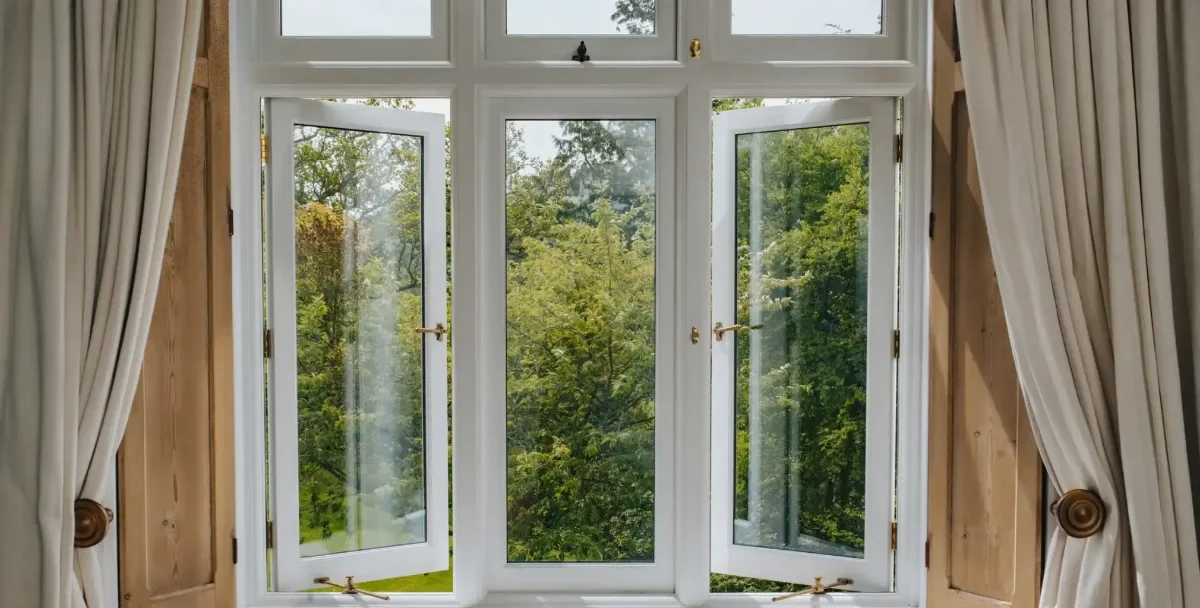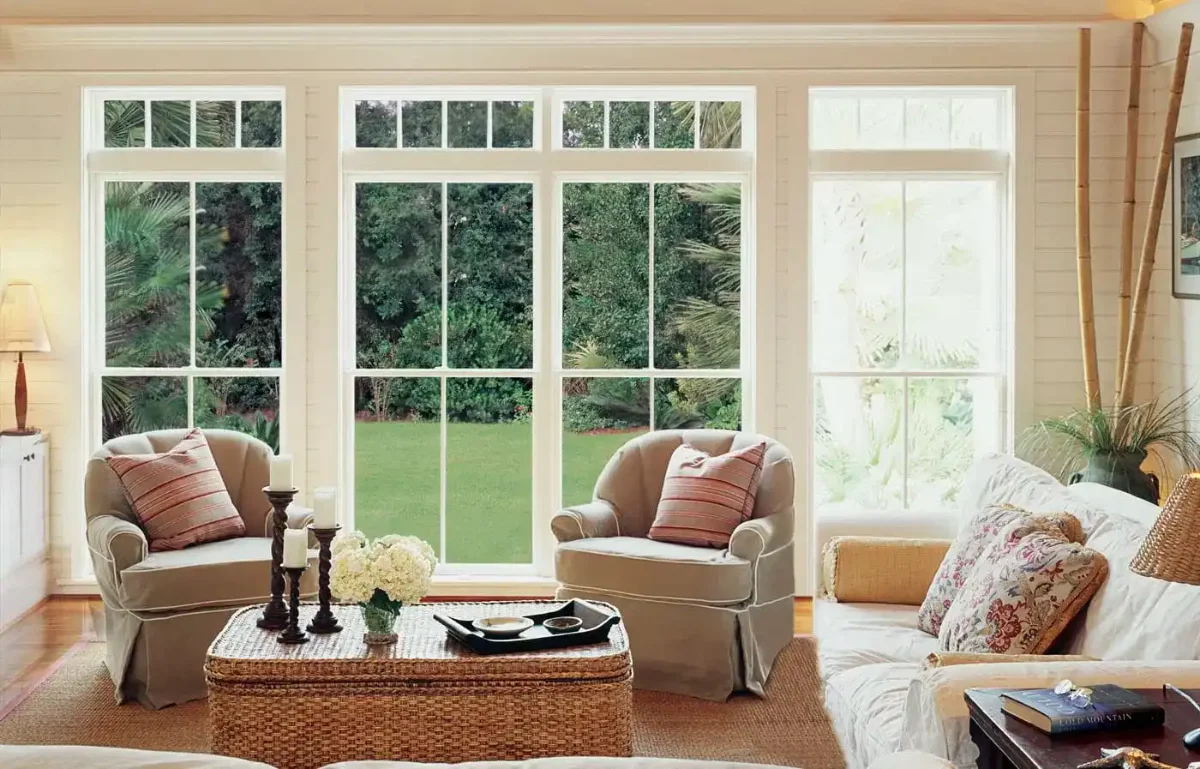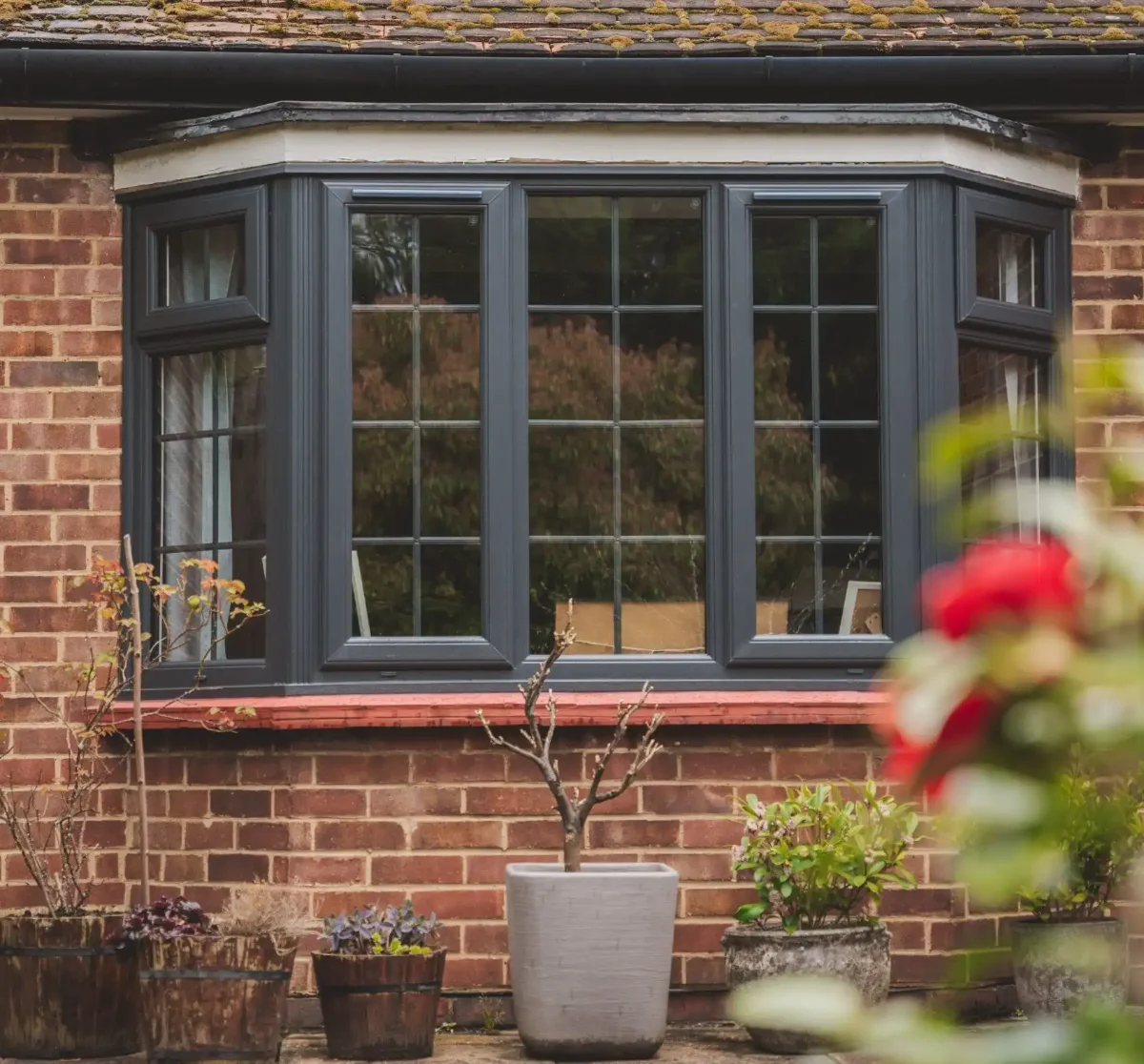The £12,000 Question: Pay Now or Pay Later?
Last month, I sat with the Hendersons in their Victorian terrace on Railway Street. They desperately needed new windows—the originals were single-glazed, draughty, and letting in every sound from the nearby station. The quote came to £12,000 for quality double-glazed sash replacements.
“We have £4,000 in savings,” Sarah Henderson told me, “but we don’t want to empty our emergency fund completely. What are our options?”
It’s a conversation I have weekly. Quality windows represent a significant investment, often the largest home improvement expense after a kitchen or bathroom. The good news is that spreading the cost through finance can make perfect sense—if you choose the right plan and understand what you’re really paying.
Let me walk you through the real costs, benefits, and pitfalls of window finance, using actual examples from recent clients. By the end, you’ll know whether a 3-year, 10-year, or cash payment makes most sense for your situation.
The Finance Landscape: What’s Actually Available
Window finance has evolved dramatically over the past decade. Gone are the days when your only option was a high-interest personal loan from your bank. Today’s market offers everything from 0% promotional deals to long-term secured loans.
Here’s what I typically see offered to my clients:
0% Finance (12-24 months): Sounds too good to be true, and often is. These deals usually require a substantial deposit (30-50%) and are only available on premium products. The “free” credit is often subsidized by inflated window prices.
Low-Rate Unsecured Loans (3-7 years): APRs typically range from 4.9% to 12.9%, depending on your credit score. No security required, but monthly payments can be substantial on shorter terms.
Secured Loans (5-15 years): Lower interest rates (2.9%-7.9%) because your home acts as security. Longer terms mean lower monthly payments, but much higher total costs.
Buy Now, Pay Later (6-12 months): Interest-free periods that can work well if you’re expecting a bonus, house sale proceeds, or inheritance. Dangerous if you can’t pay the lump sum when due.
The Real-World Comparison: £12,000 Window Project
Let me show you exactly what the Hendersons’ options looked like, with real numbers from actual finance providers:
Option 1: 3-Year Unsecured Loan at 6.9% APR
- Monthly payment: £370
- Total repayable: £13,320
- Interest cost: £1,320
- Pros: Debt cleared quickly, moderate interest cost
- Cons: High monthly payments strain budget
Option 2: 10-Year Secured Loan at 4.9% APR
- Monthly payment: £127
- Total repayable: £15,240
- Interest cost: £3,240
- Pros: Affordable monthly payments, lower interest rate
- Cons: Nearly £2,000 more in total interest
Option 3: Cash Payment with Savings Top-Up
- Immediate cost: £12,000
- Interest saved: £1,320-£3,240
- Pros: No ongoing debt, significant savings
- Cons: Depletes emergency fund completely
Sarah Henderson looked at these numbers and asked the question I hear constantly: “Which option actually makes financial sense?”
The Hidden Costs Nobody Mentions
Before we answer Sarah’s question, let’s talk about the costs that don’t appear in the glossy brochures.
Early Repayment Charges: Many finance agreements include penalties for paying off early. These can range from one month’s interest to 2% of the outstanding balance. Always check before signing.
Payment Protection Insurance: Often offered (sometimes pushed) during the application process. PPI can add 20-30% to your monthly payments for coverage that may not even apply to your situation.
Arrangement Fees: Some lenders charge setup fees of £100-£500. These are often buried in the small print but can significantly increase the true cost of borrowing.
Late Payment Penalties: Miss a payment and you could face charges of £25-£50, plus potential damage to your credit score. Set up a direct debit and never risk it.
Insurance Requirements: Secured loans may require you to maintain specific insurance coverage, potentially increasing your home insurance premiums.
When Short-Term Finance Makes Sense
The 3-year option worked perfectly for the Johnsons in Thorley. They had stable dual incomes, no other debts, and wanted the psychological benefit of clearing the debt quickly. The £370 monthly payment was manageable within their budget, and they saved nearly £2,000 in interest compared to the 10-year option.
Choose 3-5 year finance if:
- You have stable, sufficient income to handle higher payments
- You hate being in debt and want it cleared quickly
- You’re confident your financial situation won’t change
- You want to minimize total interest costs
Real example: The Martins in Old Harlow chose a 4-year plan at 5.9% APR for their £8,000 aluminium window project. Monthly payments of £187 fit comfortably in their budget, and they’ll save £800 in interest compared to spreading it over 8 years.
When Long-Term Finance Makes Sense
The Hendersons ultimately chose the 10-year option, and here’s why it was right for them: Sarah was returning to work after maternity leave with uncertain hours, and they wanted to keep monthly commitments low while rebuilding their emergency fund.
The extra £2,000 in interest felt worthwhile for the peace of mind and cash flow flexibility. They also structured the loan to allow overpayments, meaning they could clear it faster if their circumstances improved.
Choose 7-10 year finance if:
- Monthly cash flow is tight but you need the windows urgently
- You want to preserve savings for other priorities
- Your income is variable or uncertain
- You value payment flexibility over total cost
Real example: The Patels in Sawbridgeworth needed £15,000 of windows after a break-in damaged their existing ones. Insurance covered £8,000, but they needed to finance the remainder. A 10-year secured loan at 4.2% APR gave them manageable £76 monthly payments while they rebuilt after the trauma.
The Cash vs Finance Calculation
Here’s where it gets interesting. Sometimes finance actually makes more financial sense than paying cash, even when you have the money available.
Consider the Williamses, who had £15,000 in savings earning 4.5% in a fixed-rate bond. Their window quote was £13,000, and they were offered 3-year finance at 3.9% APR.
By keeping their savings invested and taking the finance, they actually came out £200 ahead over the three years. The savings growth exceeded the loan interest, and they maintained their emergency fund intact.
The calculation:
- Savings growth over 3 years: £15,000 × 4.5% × 3 = £2,025
- Finance interest cost: £13,000 × 3.9% effective = £1,825
- Net benefit of financing: £200
This approach only works if your savings genuinely earn more than the loan costs, and you have the discipline not to spend the money elsewhere.
Red Flags: When to Walk Away
Not all finance deals are created equal. Here are the warning signs that should make you reconsider:
Pressure to sign immediately: Legitimate finance providers give you time to consider. High-pressure tactics often hide unfavorable terms.
Rates that seem too good to be true: That 0% deal might come with inflated window prices that more than offset the “free” credit.
Vague terms: If you can’t get clear, written information about APR, total repayable amount, and early repayment terms, shop elsewhere.
Unsolicited finance offers: Be especially wary of door-to-door salespeople offering instant credit approval. These deals are rarely competitive.
No credit checks: Legitimate lenders always check your creditworthiness. “No credit check” loans typically come with extortionate interest rates.
Making Your Decision: A Practical Framework
Here’s the decision tree I walk clients through:
-
Can you afford the windows without borrowing? If yes, and you have adequate emergency funds remaining, cash usually wins.
-
If financing is necessary, what monthly payment fits comfortably in your budget? Aim for no more than 10-15% of your disposable income.
-
How stable is your income? Variable income suggests longer terms for flexibility. Stable income allows shorter terms for savings.
-
What’s your attitude to debt? Some people sleep better with minimal debt; others prefer preserving cash reserves.
-
Are there other priorities for your money? Sometimes financing windows to fund home improvements with higher returns makes sense.
The Application Process: What to Expect
Once you’ve chosen your approach, here’s what happens:
Soft Credit Check: Most providers start with a soft search that doesn’t affect your credit score. This gives you a provisional decision and rate.
Full Application: If you proceed, a hard credit search provides the final terms. Have recent payslips, bank statements, and proof of address ready.
Cooling-Off Period: You have 14 days to change your mind after signing, with no penalties.
Payment Setup: Direct debits are usually mandatory. Set the payment date to suit your pay cycle.
Annual Statements: You’ll receive yearly statements showing remaining balance and interest paid—useful for tax records if the windows are for a rental property.
Beyond the Numbers: The Human Element
The best financial decision isn’t always the one that looks best on paper. The Hendersons chose longer-term finance not because it was cheapest, but because it gave them peace of mind during a period of change. The Johnsons chose short-term finance because they valued being debt-free quickly, even though it meant tighter monthly budgets.
Your personal circumstances, risk tolerance, and life stage all matter more than abstract financial calculations. A retiree on a fixed income has different priorities than a young professional expecting salary growth.
Getting the Best Deal
Shop around, but don’t just focus on headline rates. Consider:
- Total cost over the full term
- Flexibility for overpayments or early settlement
- Quality of customer service (you’ll be dealing with them for years)
- Reputation and stability of the finance provider
Many window companies have partnerships with finance providers, which can offer competitive rates but may not be the best available. It’s worth checking direct with banks and specialist home improvement lenders too.
For more context on window costs generally, see our comprehensive guide to window costs and finance options, and our analysis of zero-deposit finance deals.
The Bottom Line
Window finance can be a sensible way to spread the cost of a major home improvement, but only if you choose the right terms for your situation. Short-term finance minimizes interest costs but requires higher monthly payments. Long-term finance offers flexibility but costs significantly more overall.
The key is honest assessment of your financial situation, clear understanding of all costs involved, and choosing a reputable provider with transparent terms.
Ready to explore your finance options? Get your finance pre-approval and we’ll connect you with trusted providers offering competitive rates for window projects. Because the right windows shouldn’t wait for the perfect financial moment—they should fit your budget today and for years to come.
Remember: the best finance deal is the one that lets you enjoy your new windows without financial stress. Sometimes that means paying more in interest for peace of mind, and that’s perfectly okay.




